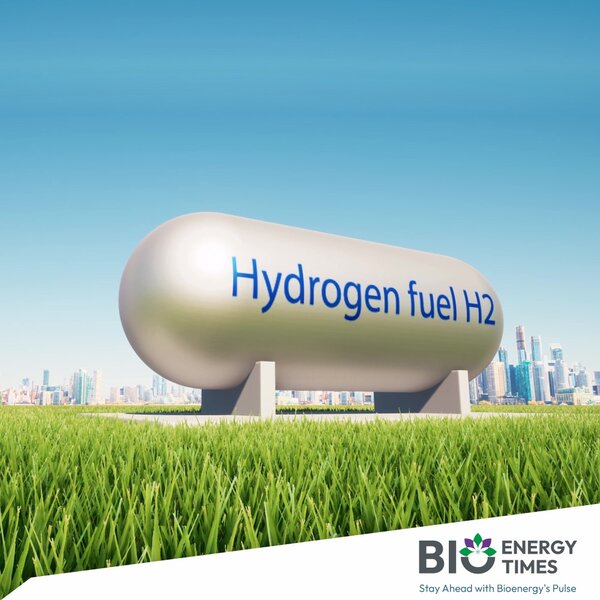Global Hydrogen Dynamics: Bridging Production And Demand In The Race To Net-Zero – IRENA

IRENA highlights low-carbon hydrogen’s key role in achieving net-zero emissions by 2050. Global hydrogen production and demand imbalances could create a new market, with renewable hydrogen driven by policies like the U.S. Inflation Reduction Act. Developing countries may benefit from job creation and energy access, but strategic partnerships, governance, and environmental sustainability are crucial for success.
The International Renewable Energy Agency (IRENA) highlights the importance of low-carbon hydrogen in achieving net-zero emissions by 2050. Currently, hydrogen production and demand vary globally, with regions producing hydrogen not necessarily aligning with those with high demand. This discrepancy could create a new global market for low-carbon hydrogen and its derivatives. Developing these international hydrogen value chains will involve economic, environmental, and governance considerations, particularly in developing countries.
Renewable hydrogen production depends on access to affordable renewable energy, water, and land. Policies like the U.S. Inflation Reduction Act and the European Hydrogen Bank are influencing global production by incentivizing lower-emission hydrogen. These incentive programs encourage renewable hydrogen production both domestically and internationally.
Renewable-based hydrogen is expected to meet future market regulations, especially in major importing countries like the EU, Japan, and South Korea. These countries require renewable hydrogen to be produced with additional renewable electricity, emphasizing the need for continuous renewable energy growth in export markets.
Governance strategies for hydrogen are emerging across the globe, with more than 53 countries developing hydrogen strategies or roadmaps. These plans focus on creating favorable conditions for hydrogen production, particularly in developing countries, through infrastructure development and fiscal incentives.
Environmental considerations are critical as hydrogen production methods vary in emission intensity. Renewable hydrogen is more environmentally sustainable, but large-scale production can affect local water and land resources, especially in water-scarce regions. Transporting hydrogen over long distances requires careful handling to prevent leaks and manage energy consumption effectively.
In developing countries, hydrogen production offers potential co-benefits like energy access, job creation, and industrial development. However, the quality and longevity of these jobs may vary. Social acceptance and community involvement are vital for the success of large-scale hydrogen infrastructure projects.
As the global market for renewable hydrogen develops, strategic partnerships between hydrogen suppliers and demand hubs will be essential. These partnerships can help overcome technical and economic barriers, ensuring a more equitable hydrogen trade. For developing countries, collaboration and capacity building will be key to harnessing the economic benefits of renewable hydrogen production.
To read more about Ethanol Industry News, continue reading Agriinsite.com
Source Link : https://solarquarter.com/2024/09/11/global-hydrogen-dynamics-bridging-production-and-demand-in-the-race-to-net-zero-report/

















